Marc Koegel is a Vancouver-based landscape photographer. He first came to Canada from Germany to study Economics, but once he graduated, Marc decided he wanted to be a photographer instead. Today, he creates fine-art photography of melancholy architecture and landscapes, but also teaches photography and leads the Vancouver Photo Workshops community.
Photography enables me to have extraordinary life experiences. It makes me travel to places and meet people I would never encounter if it weren’t for my camera, which creates a connection to them. The camera is a passport, a warrant to connect to these places and people on a deeper, more meaningful level. And it’s not only about the experiences themselves, but also about creating memories. I enjoy a lot travelling and photographing alone, so the images I take become memories that I then share with my family and friends. That’s why they’re very precious to me.
On a different level, photography is a tool to exercise my creativity. All people need an outlet for their creativity, their imagination. Photography is just my outlet of choice. My background is in economics – not the most creative line of work out there. So photography serves as a counterbalance to the fairly organized and predictable world of economics. Being a photographer makes me pay more attention to my surroundings, makes me constantly discover new things around me, a new light or shadow, an angle, a composition. Any photographer will know what I mean when I say I’m always taking pictures, even when I’m not holding a camera.

The story of this image is actually more complex than it appears. It’s taken on Fogo Island in Newfoundland, Canada. Fogo is the biggest of a group of very remote islands that have historically depended on fishing to survive. In the past few decades, as fishing got tougher and tougher, those communities got almost wiped out. There are quite a few abandoned towns there. But there is this one inhabitant on Fogo island who left for a while to work on Wall Street, got really wealthy, and then returned, wanting to build something that would make the island more attractive to tourists, and thus more likely to survive.
The building in the image is one of the few artist studios Zita Cobb established through her foundation (Shorefast), and it’s called The Tower Studio. I had read about it while researching my trip to Fogo island, and knew I needed to photograph it. In my landscape photography, I often include some sort of human-made structure – it’s my thing. Even without seeing it I knew The Tower Studio would make for an interesting composition, with it standing alone in this incredibly beautiful but sparse landscape. It looks like it’s just made for a photograph.
But what makes the image extraordinary to me is much more emotional than the composition itself. The image makes me think of how much I would love to be an artist in residence there. I picture myself being on the island, in the studio and in nature, looking for inspiration, creating art. Maybe one day I’ll get to do that.
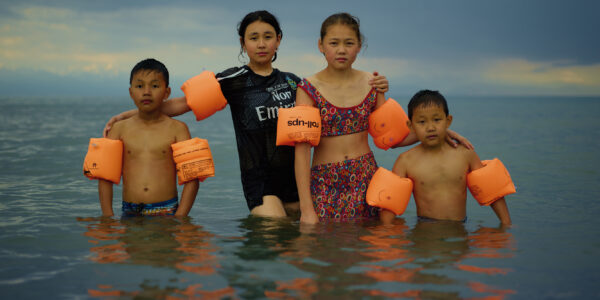
Photographer Stories
Intimacy in focus: Louise’s lens on humanity with Phase One_Part1
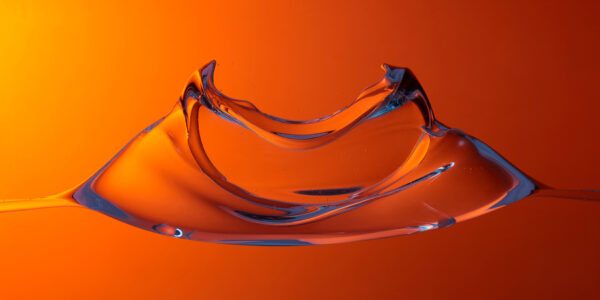
Photographer Stories
Dimitri Newman: Vision is Just the Start

Photographer Stories
Ashes: The Rebirth of a Camera- Hexmalo

Photographer Stories
Chandler Williams: A Photographer’s Path

Photographer Stories
TABO- Gods of Light

Photographer Stories
Loreto Villarreal – An Evolving Vision

Photographer Stories
Tobias Meier – Storytelling Photography

Photographer Stories
Gregory Essayan – Curating Reality

Photographer Stories
Total Solar Eclipse – Matthew C. Ng
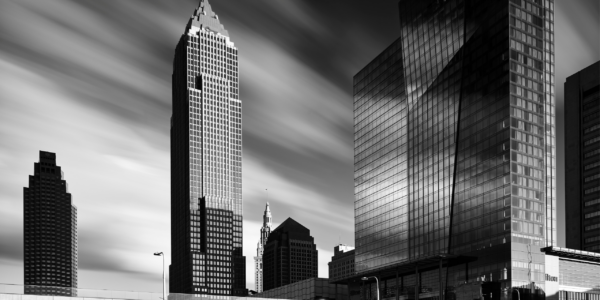
Photographer Stories
Roger Mastroianni – Frame Averaging
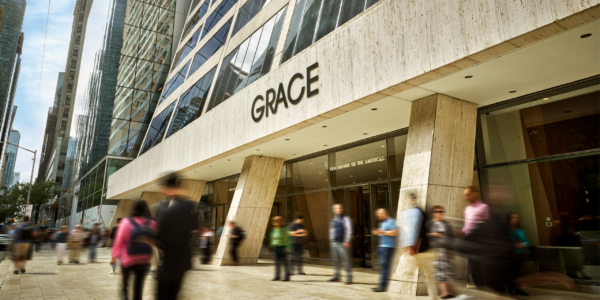
Photographer Stories
Matthew Plexman – Bringing portraits to life

Photographer Stories
Prakash Patel – A Visual Design Story

Photographer Stories
Karen Culp – Food Photography Ideas

Photographer Stories
T.M. Glass: Flower portraits
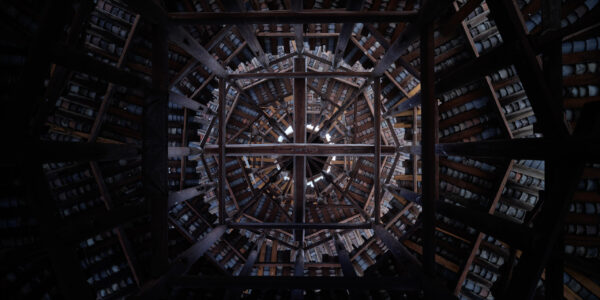
Photographer Stories
Preserving ancient Chinese buildings – Dong Village
